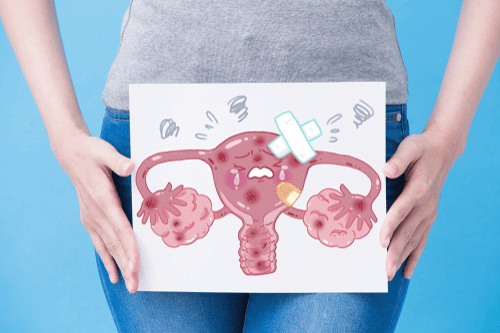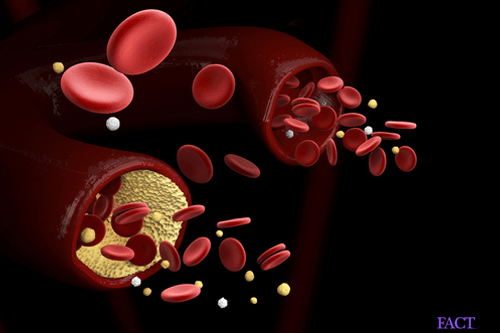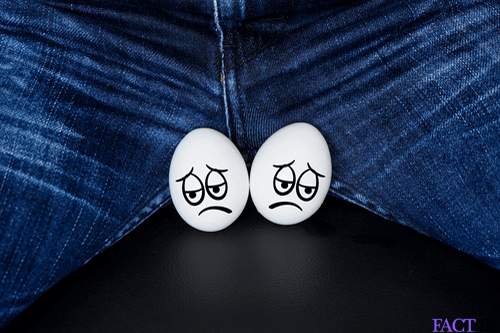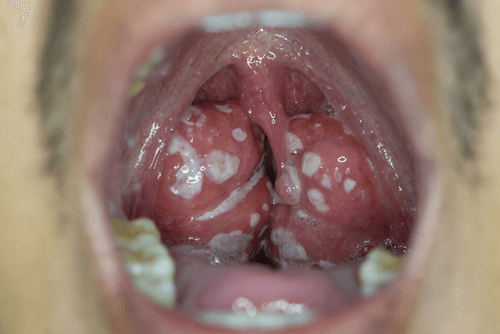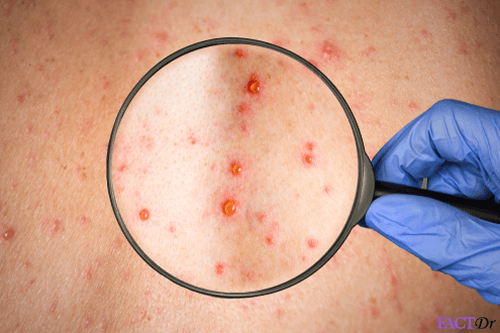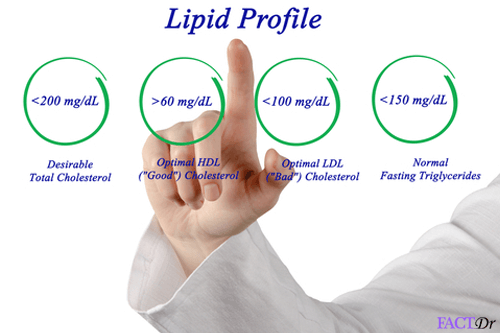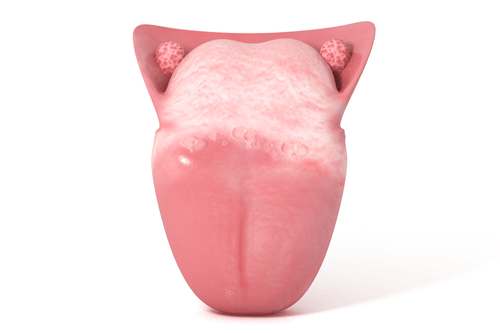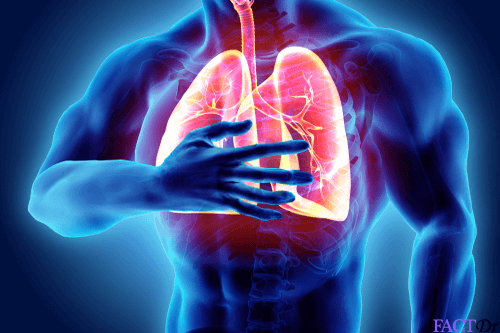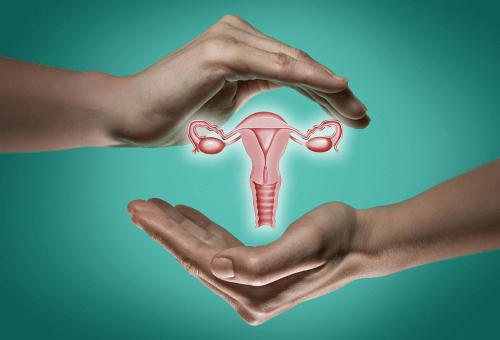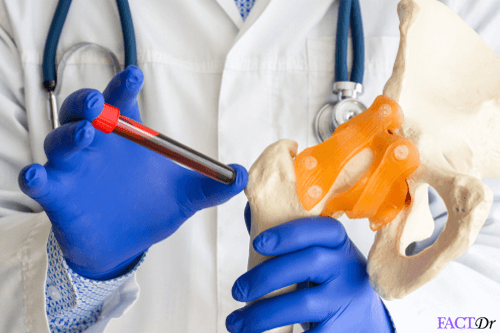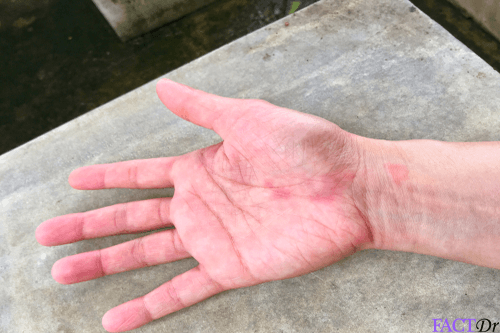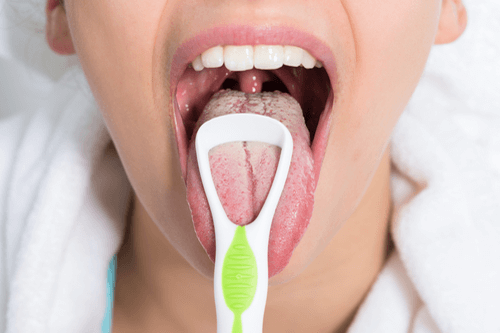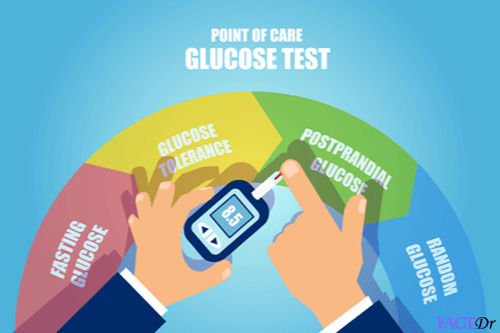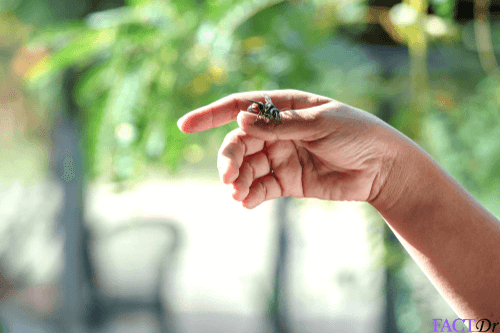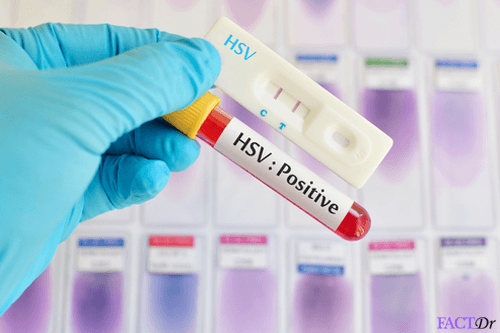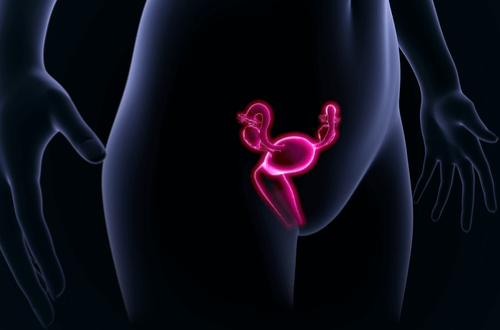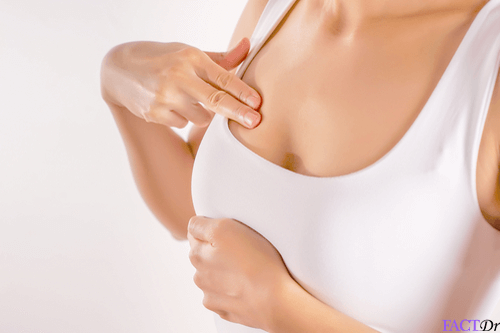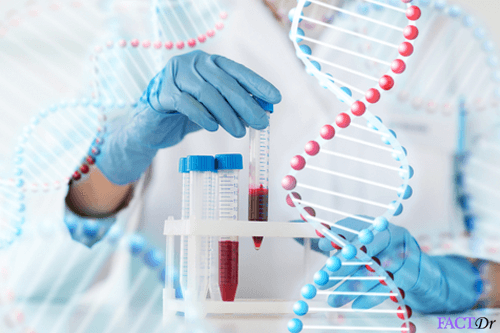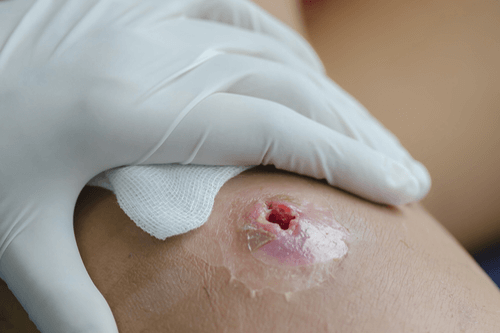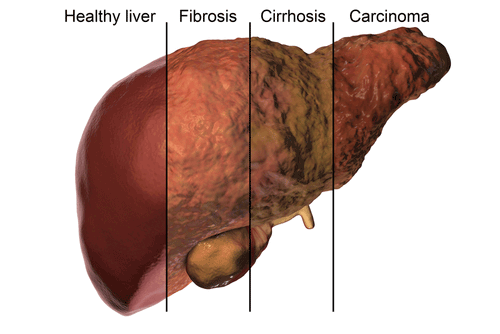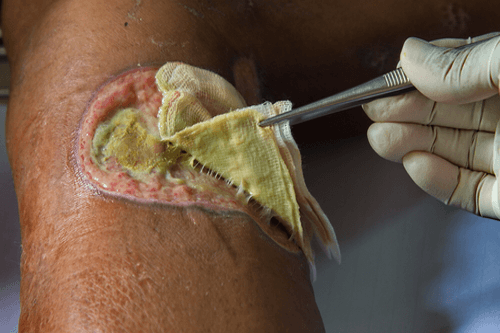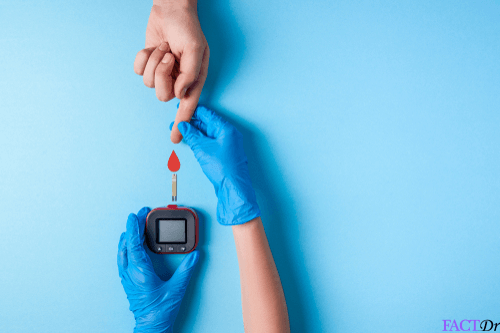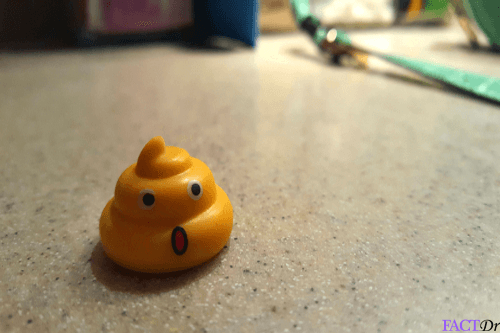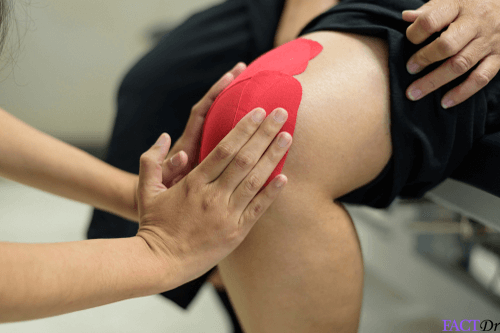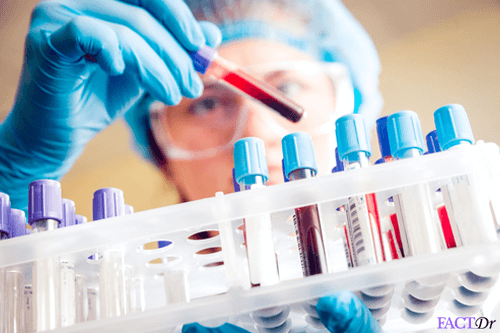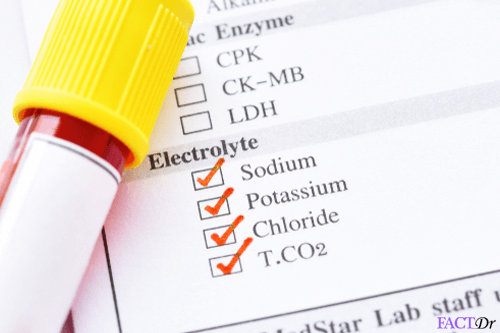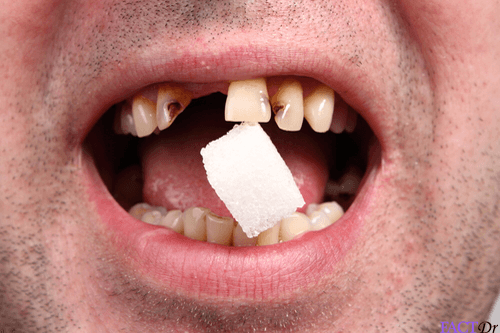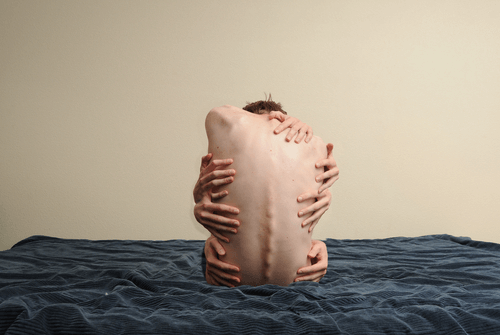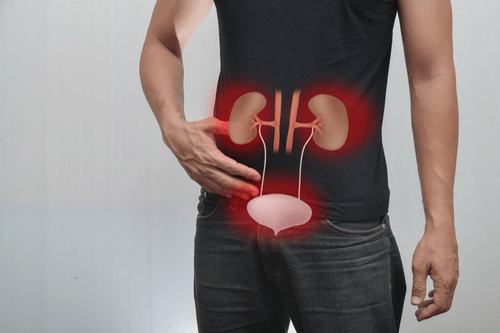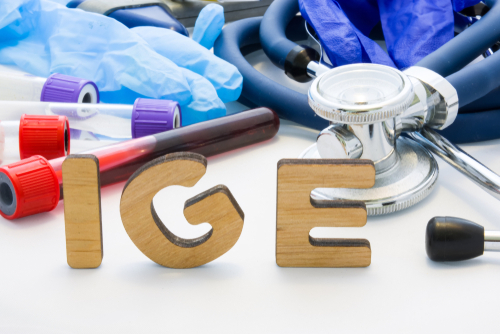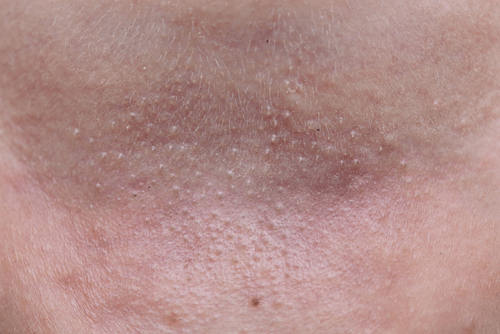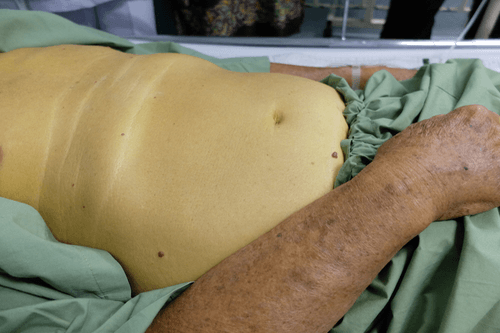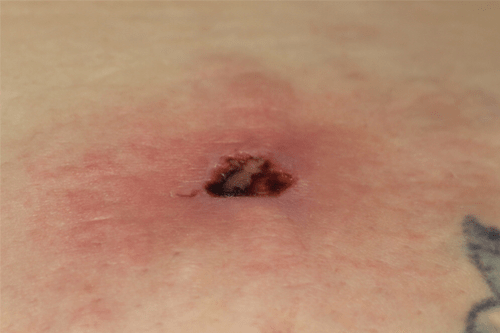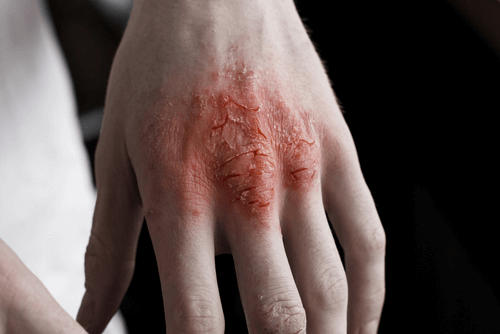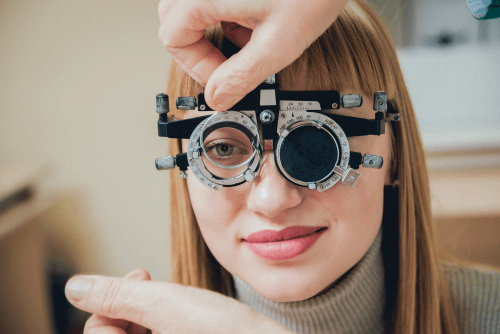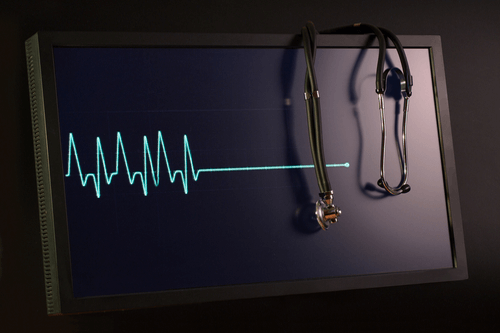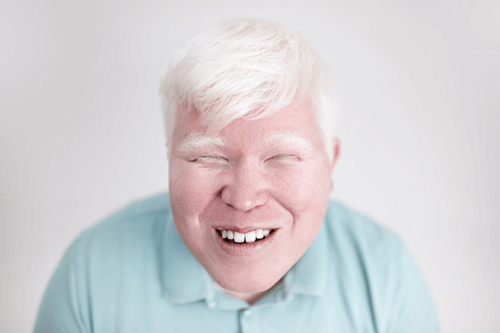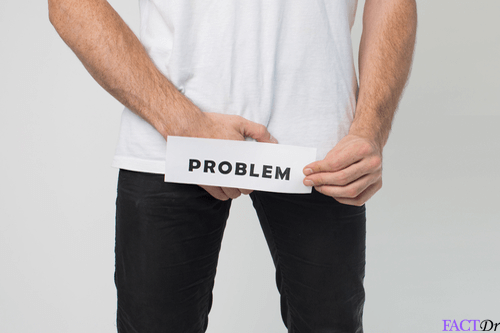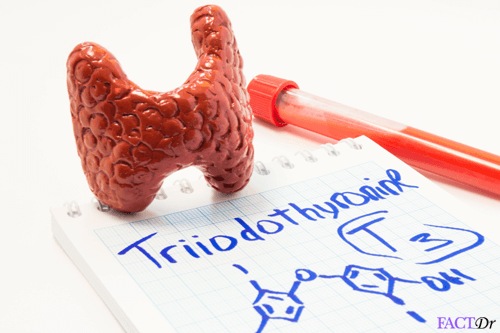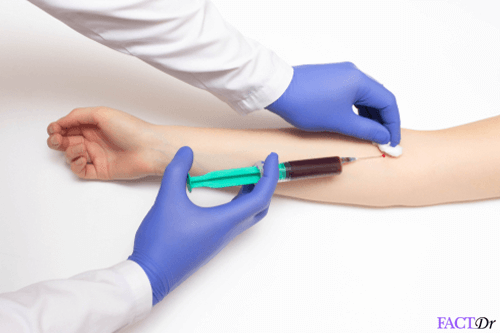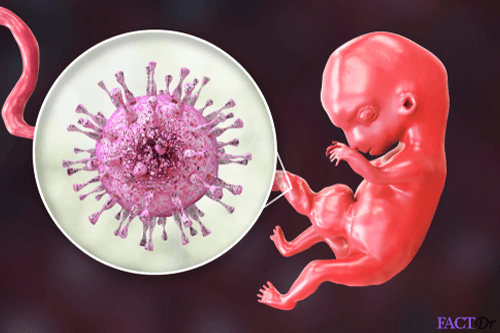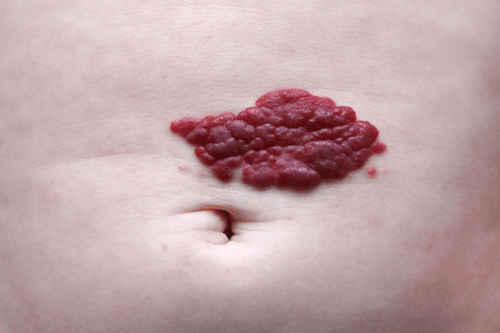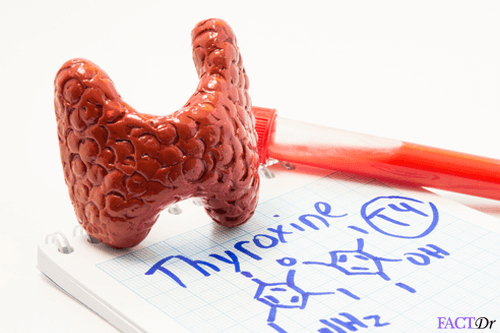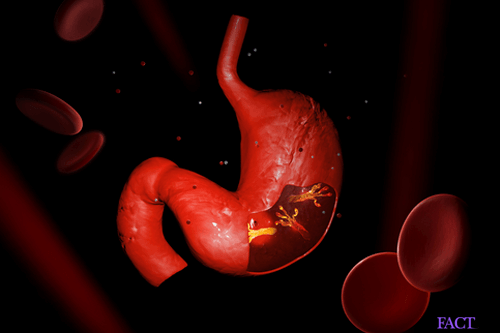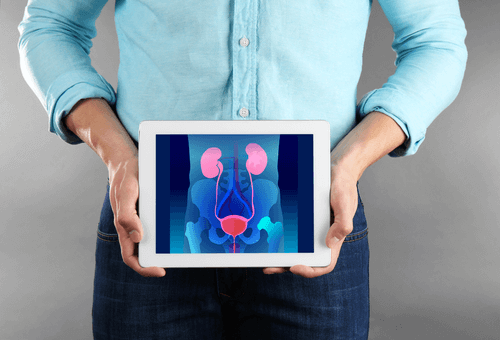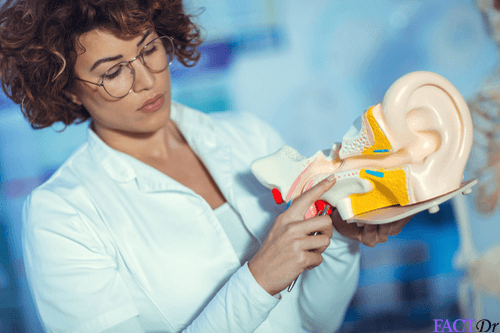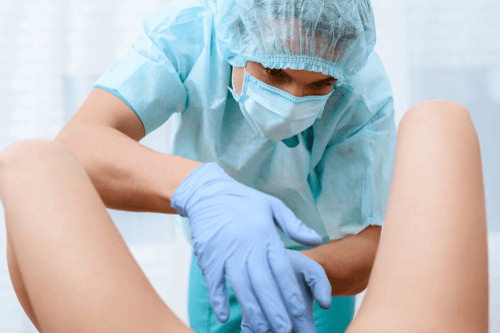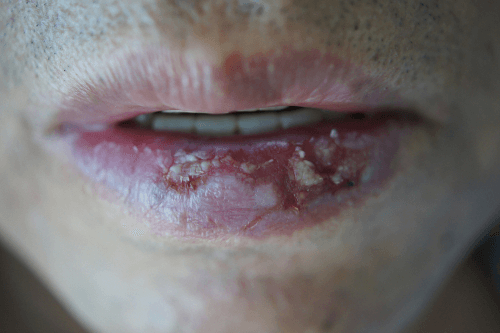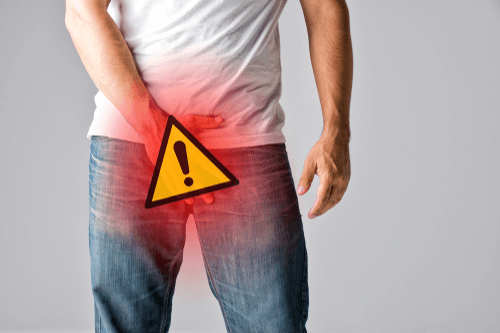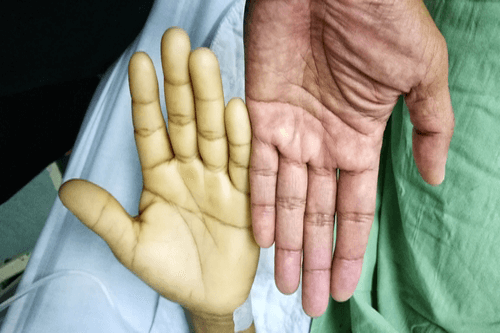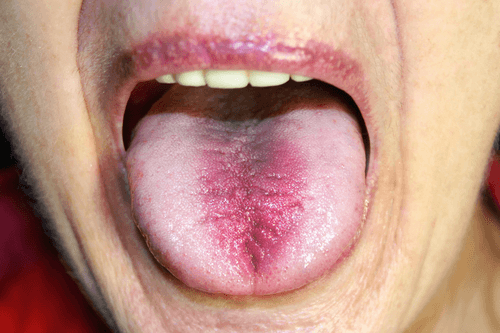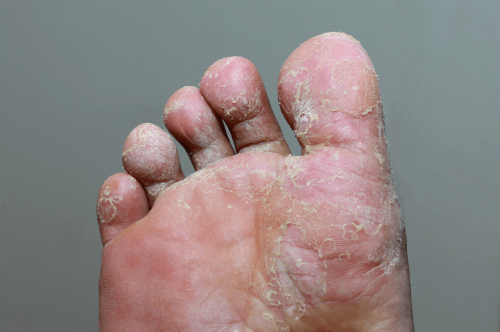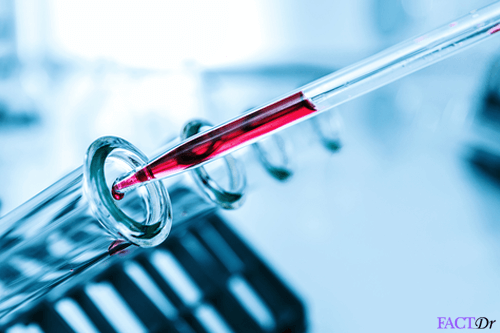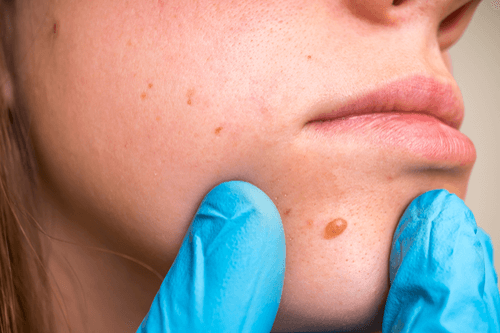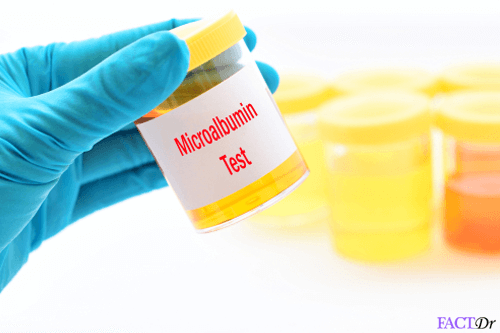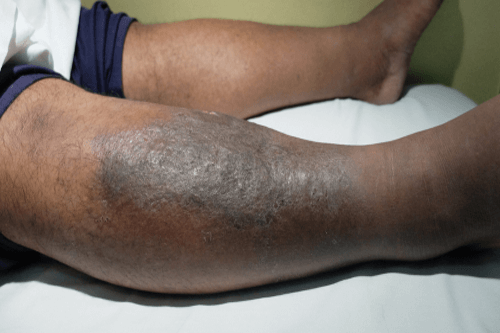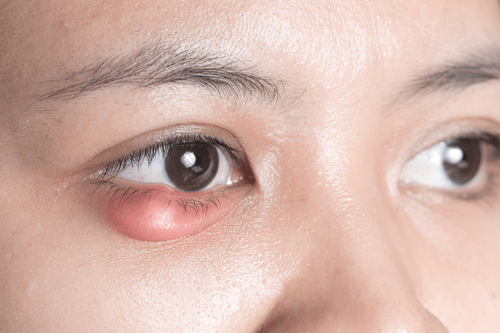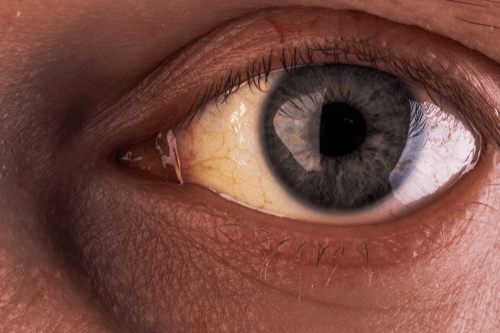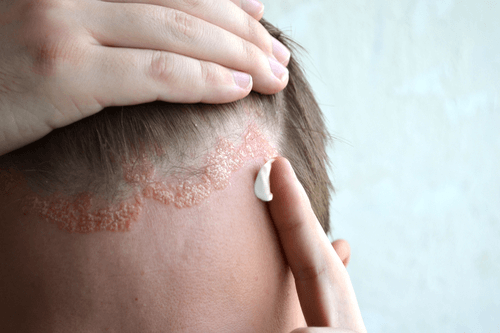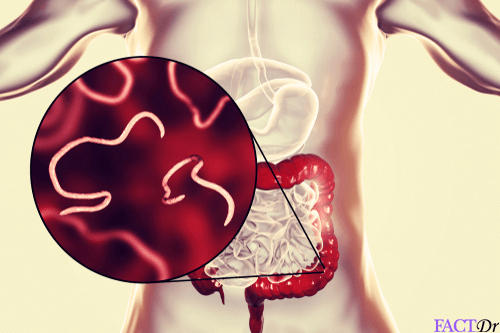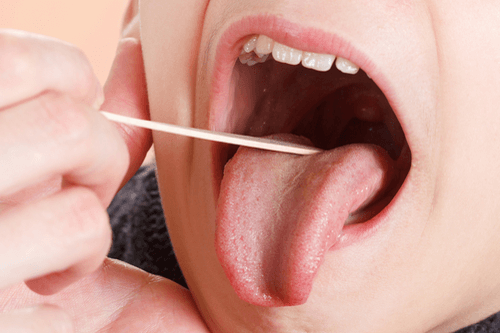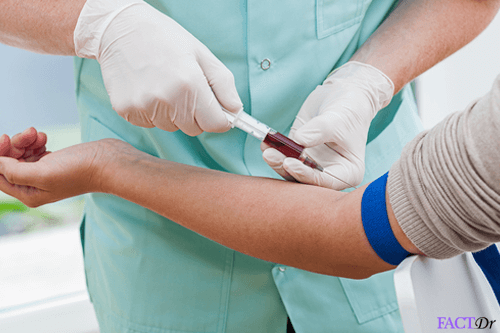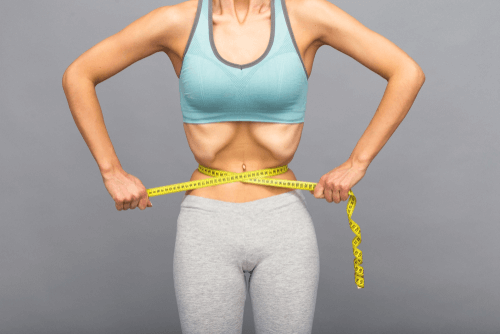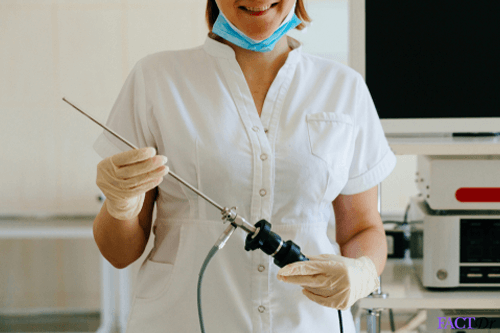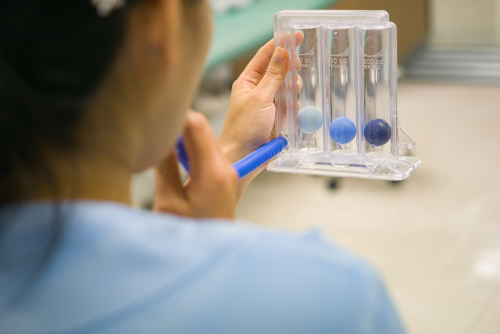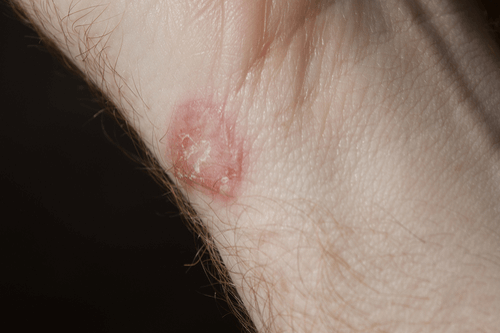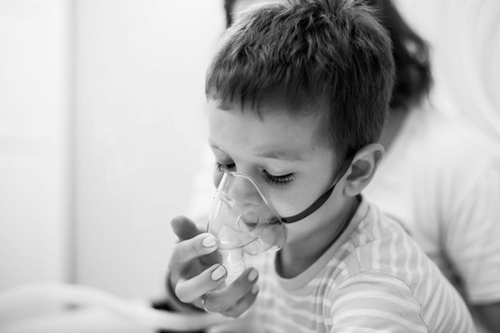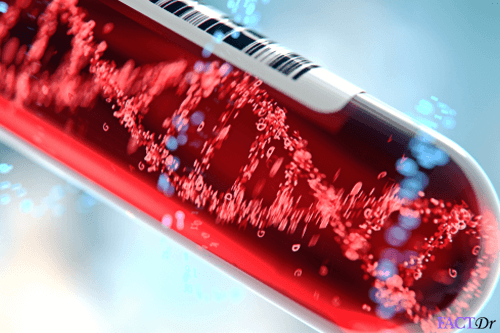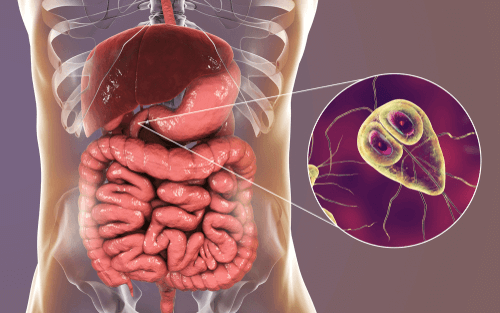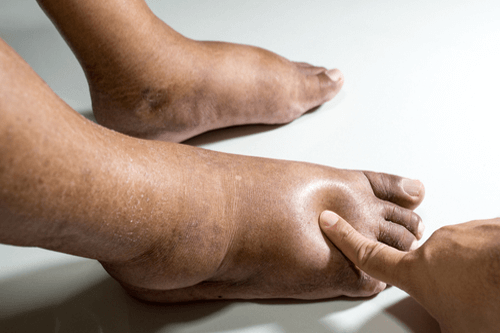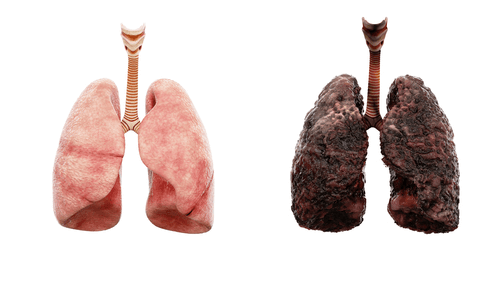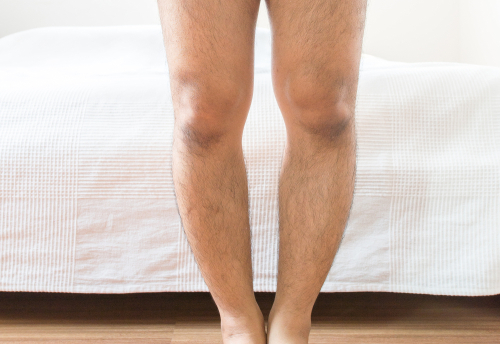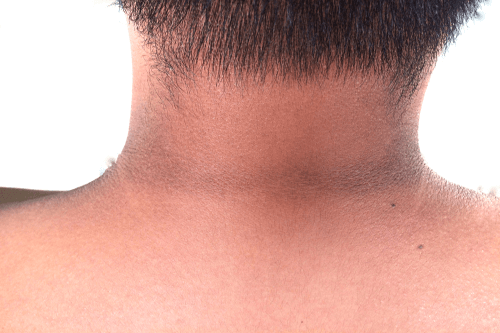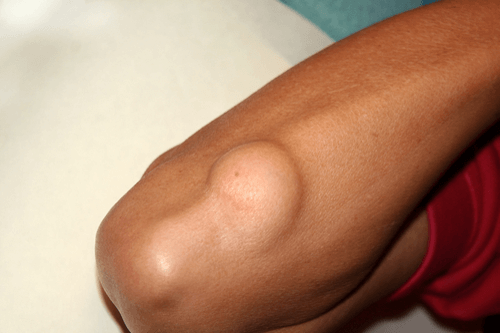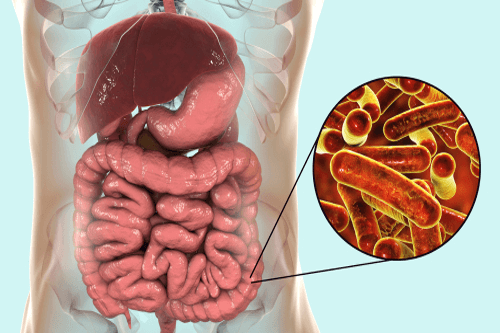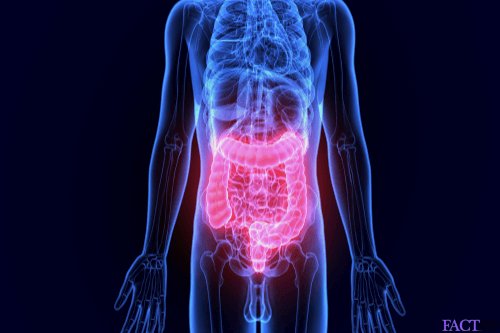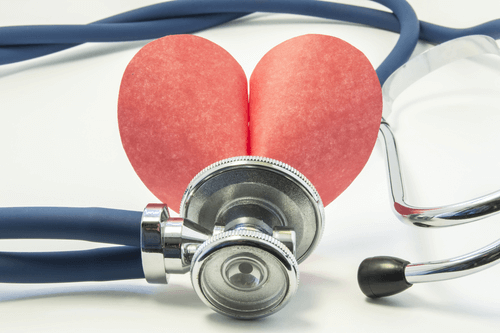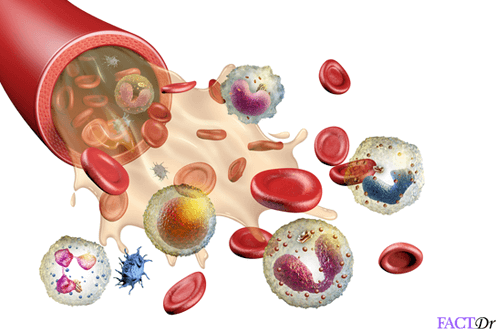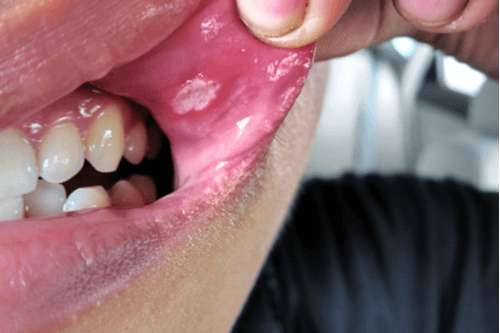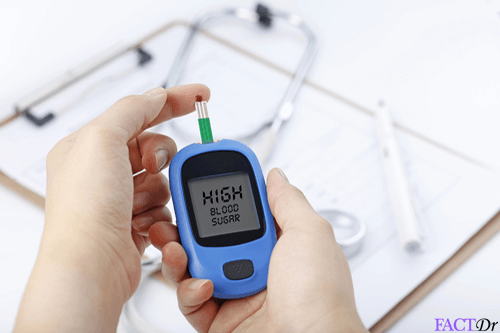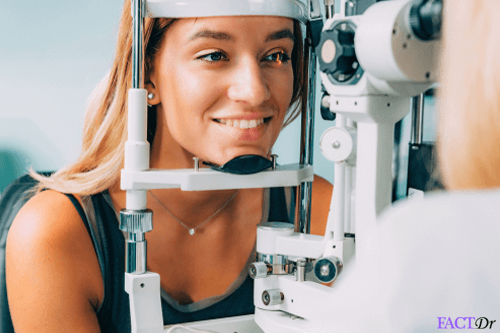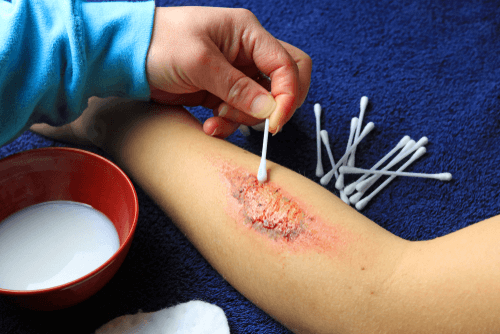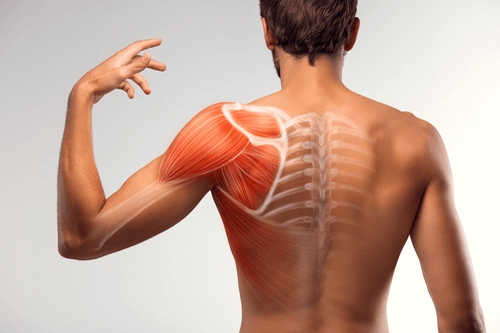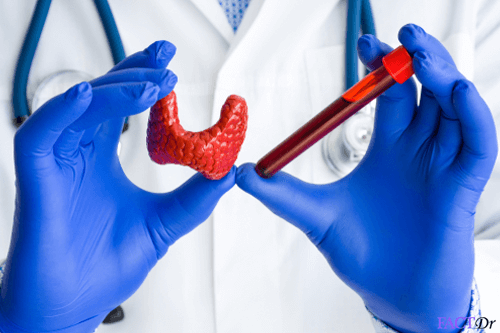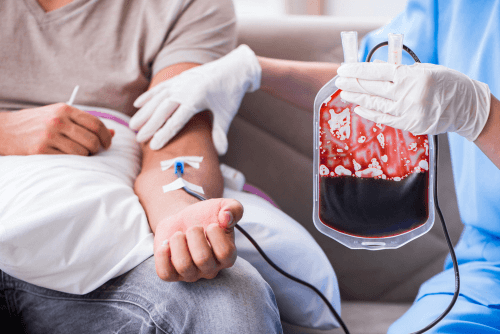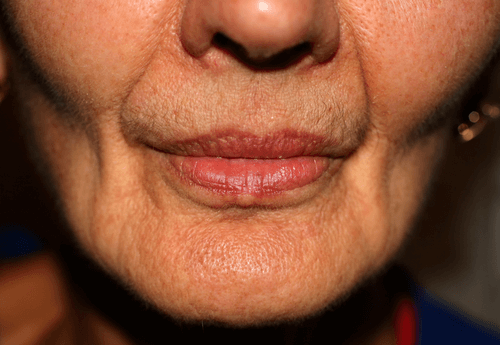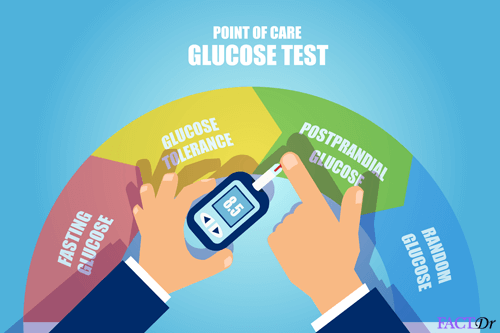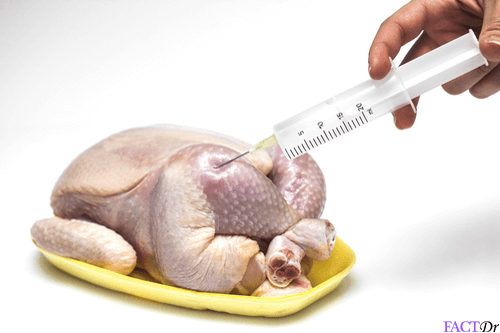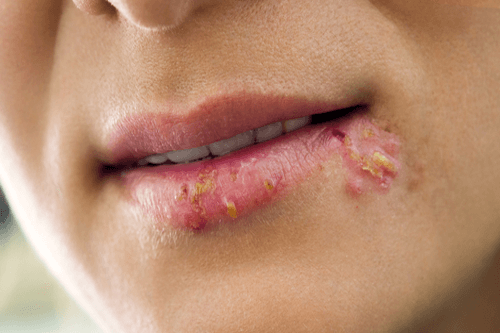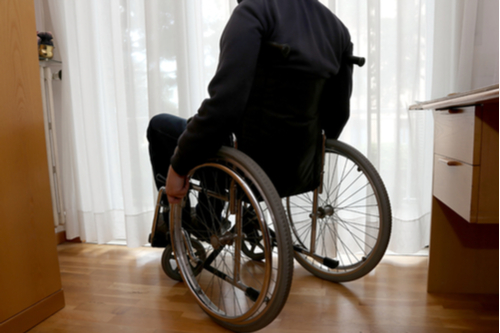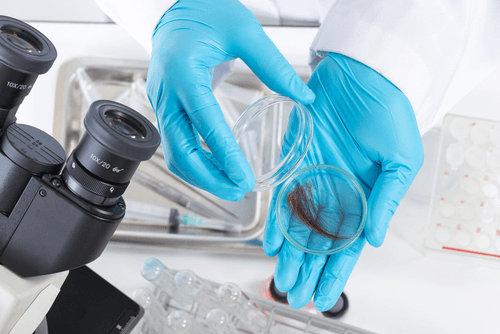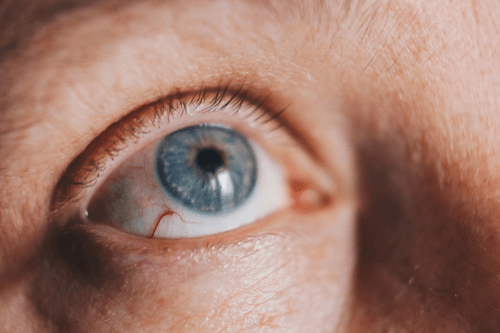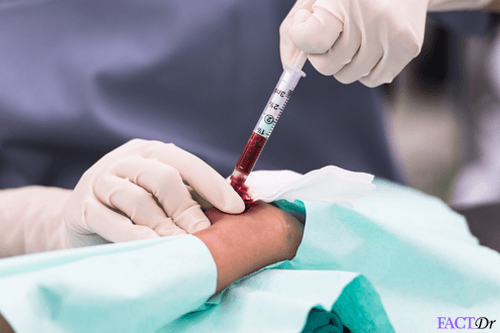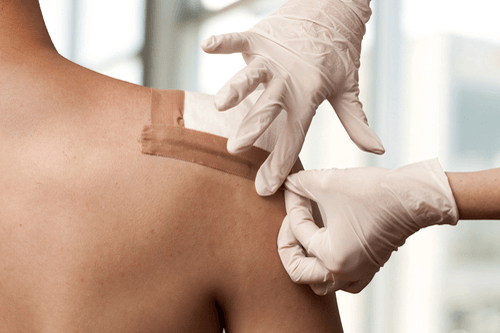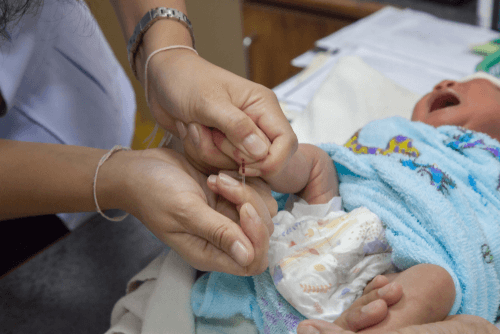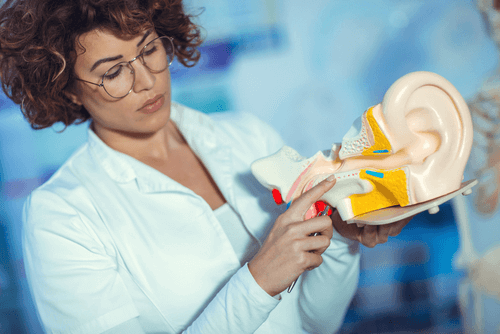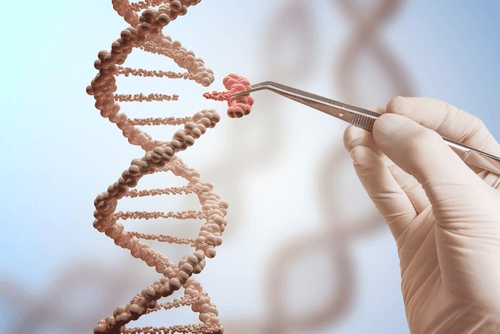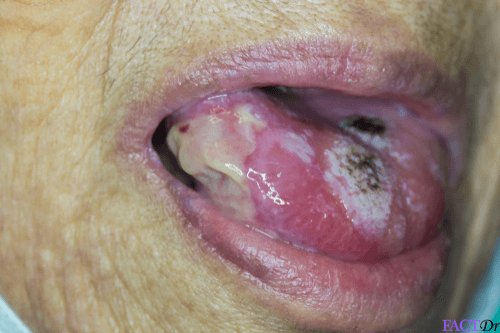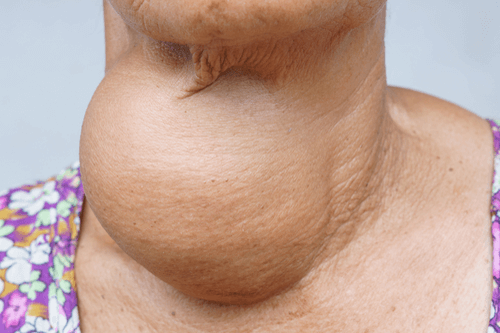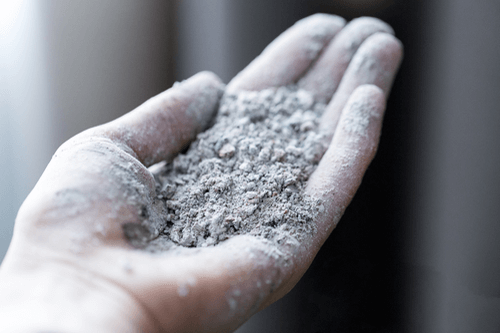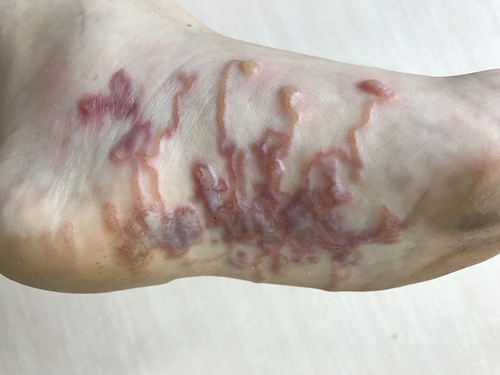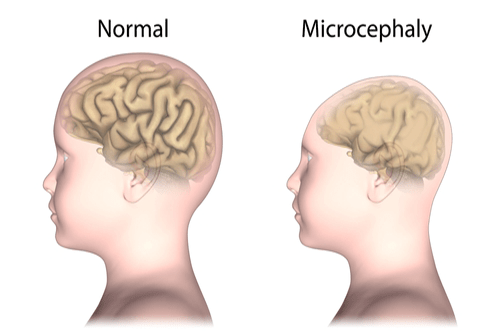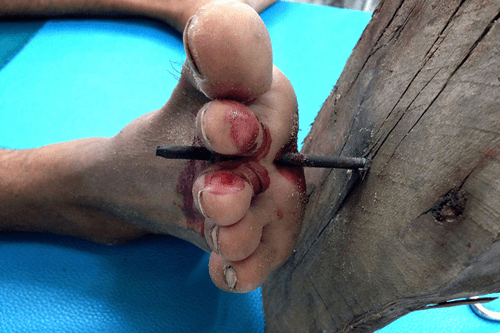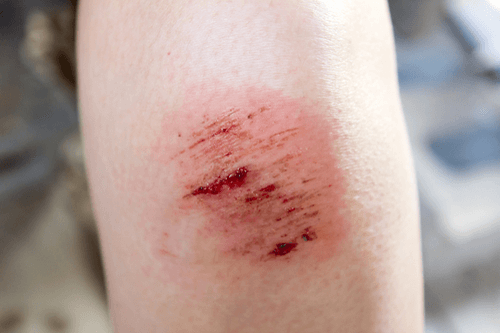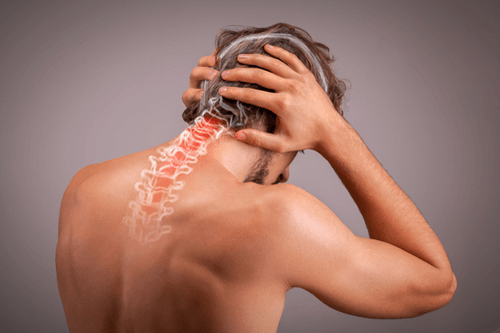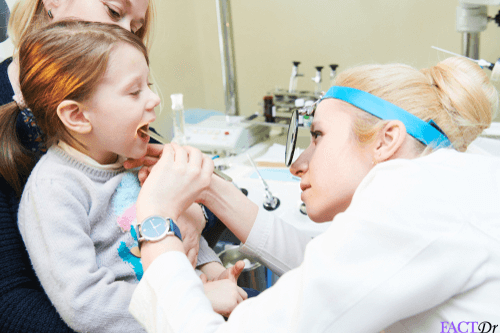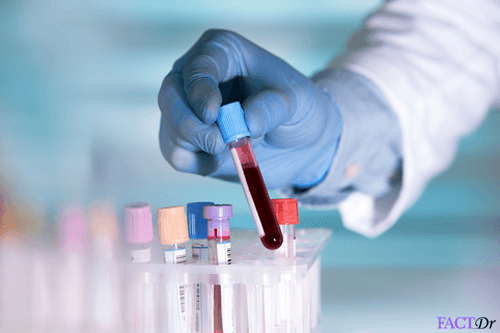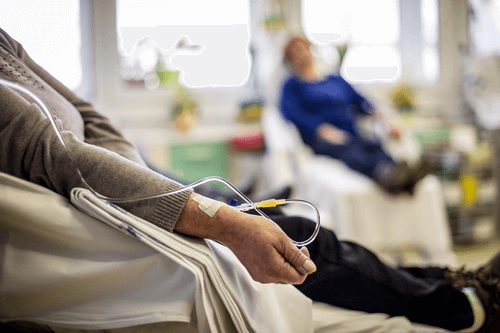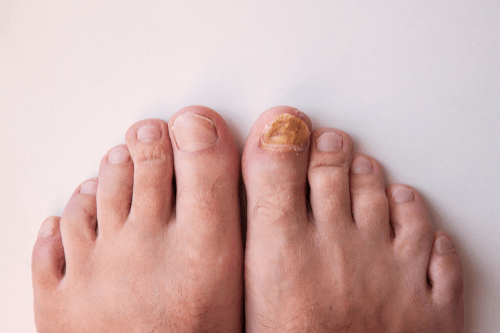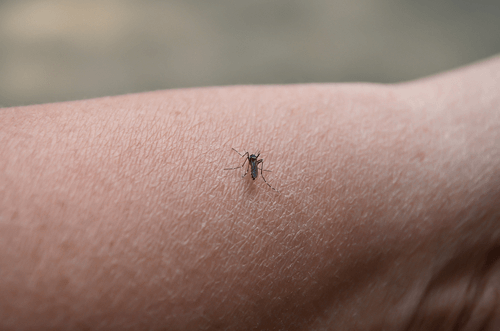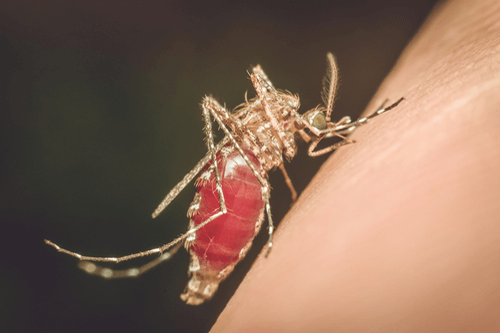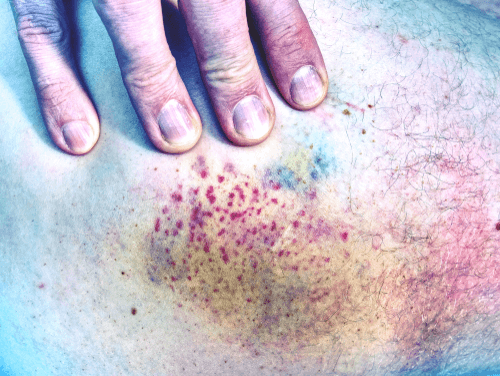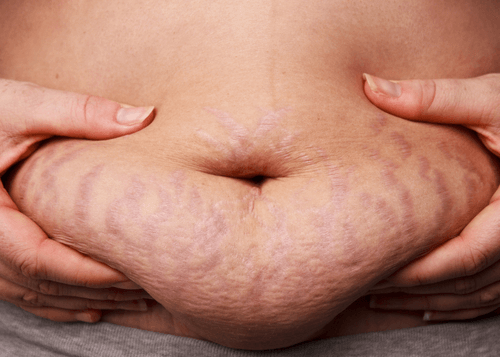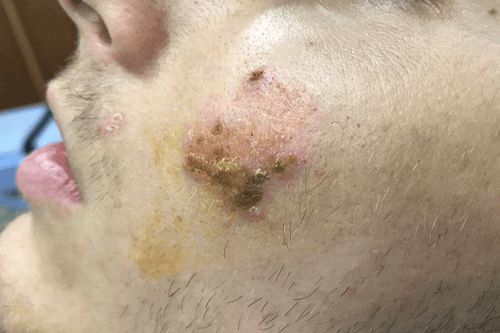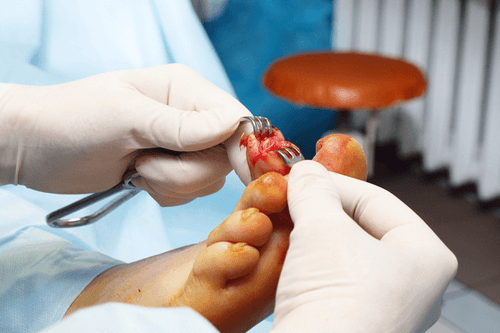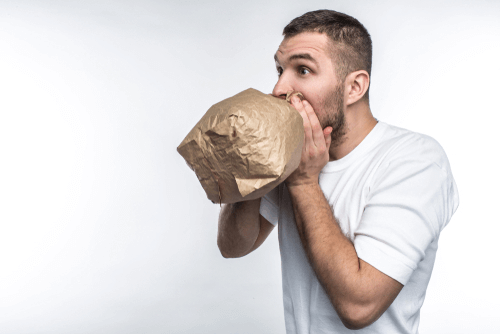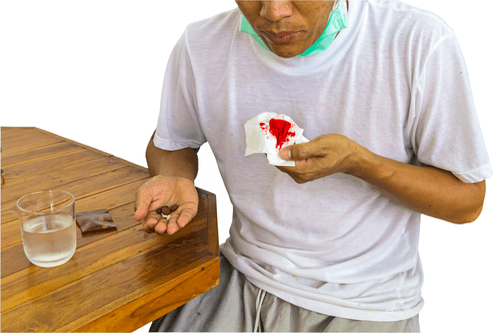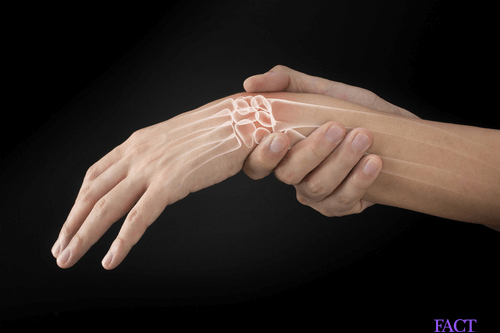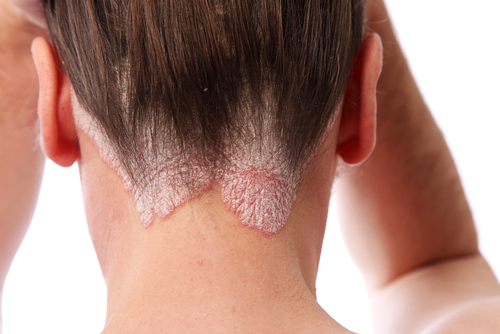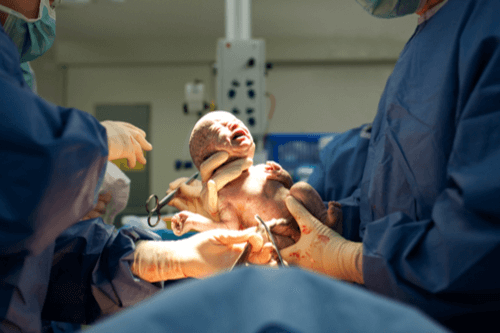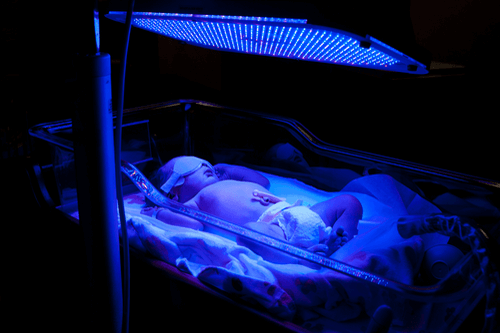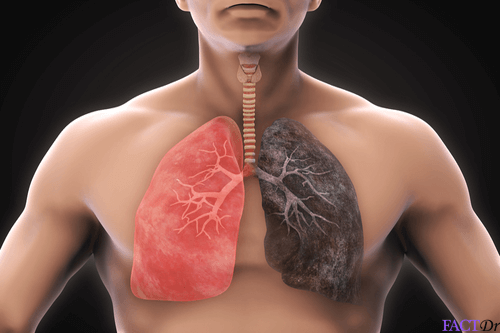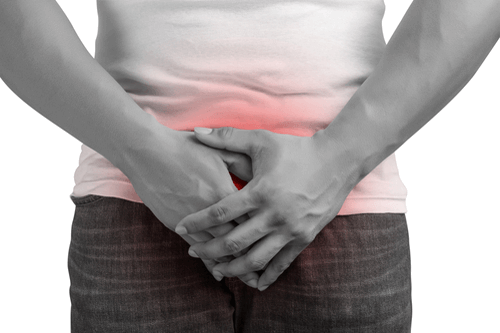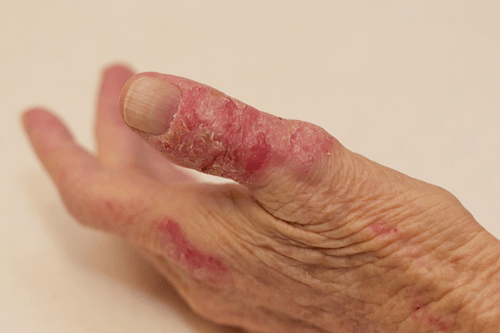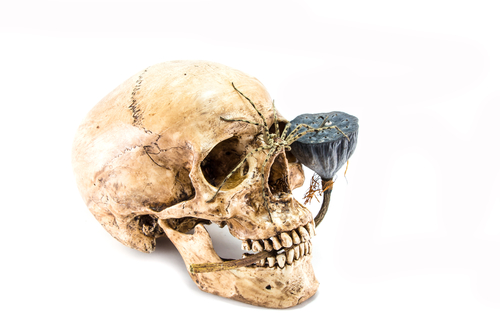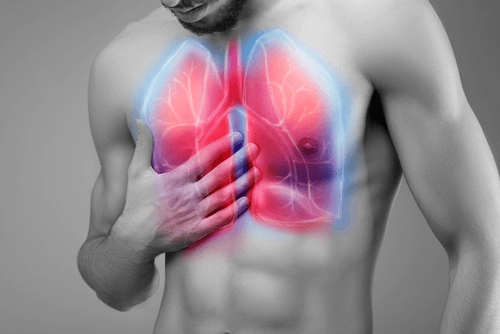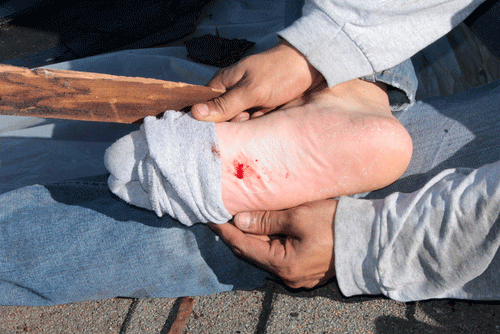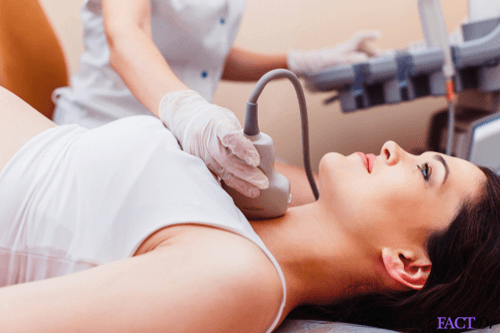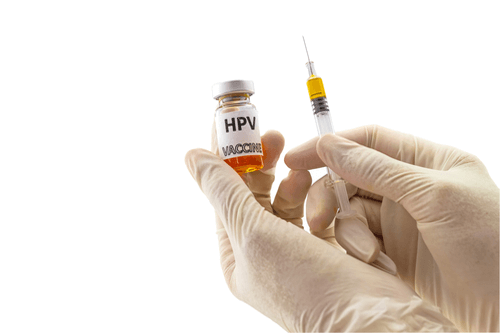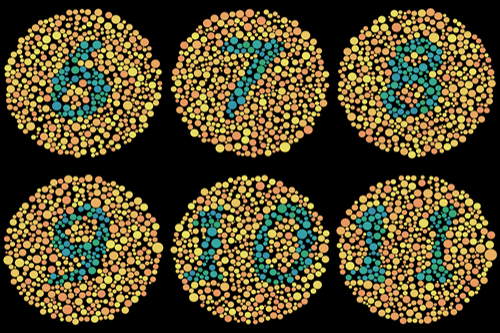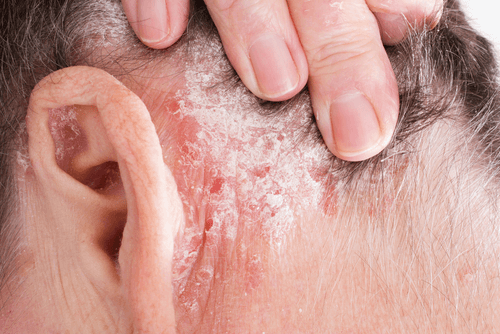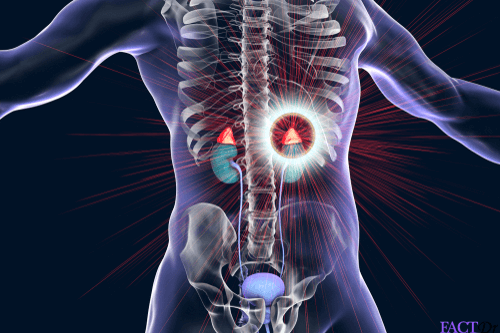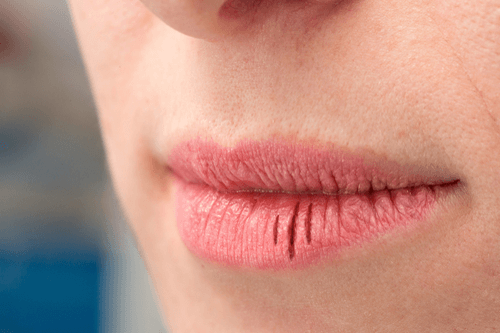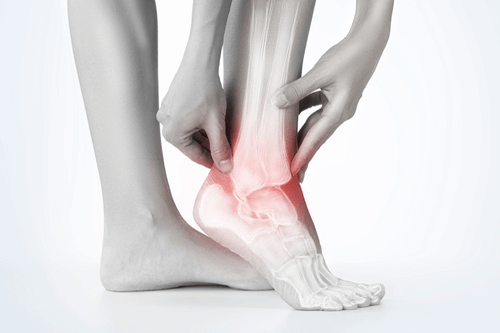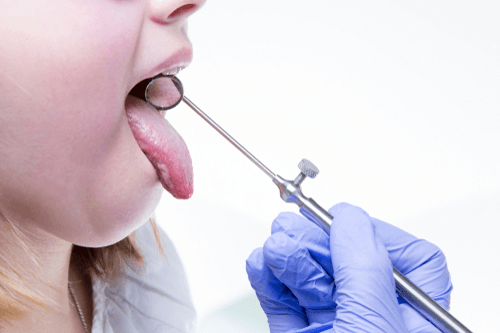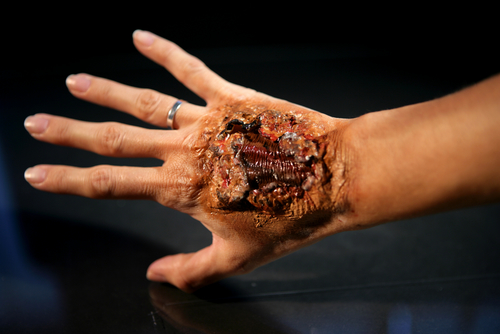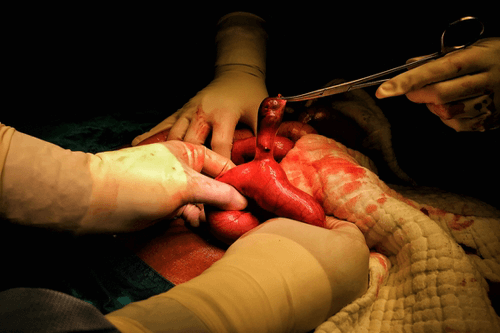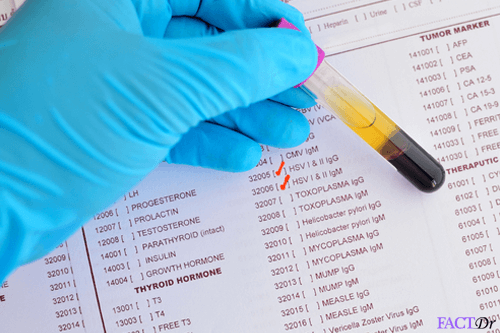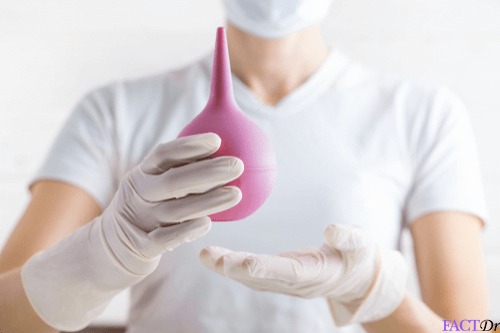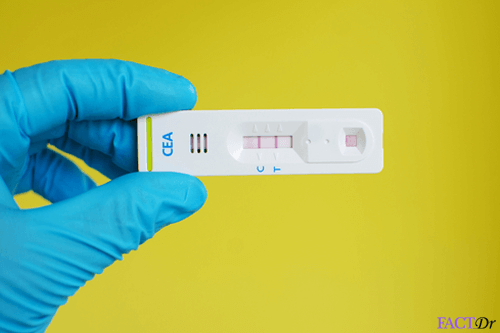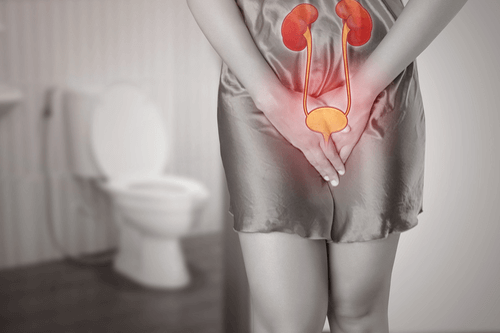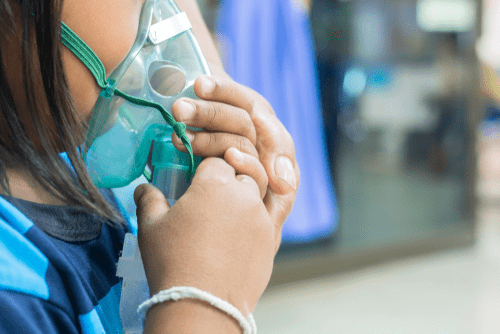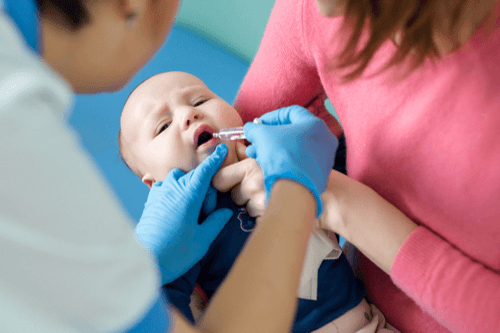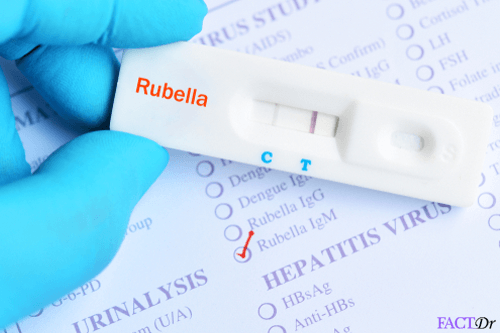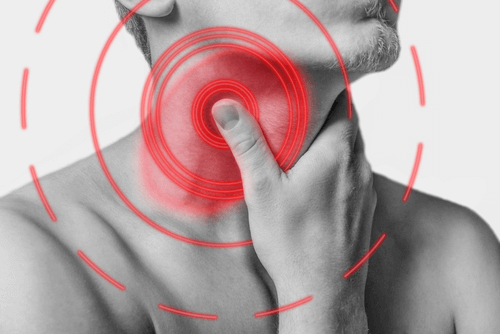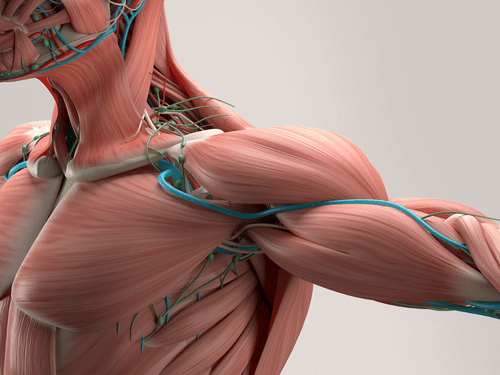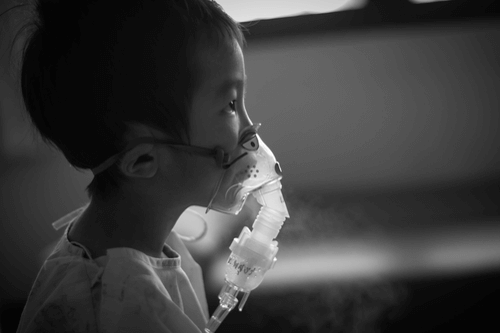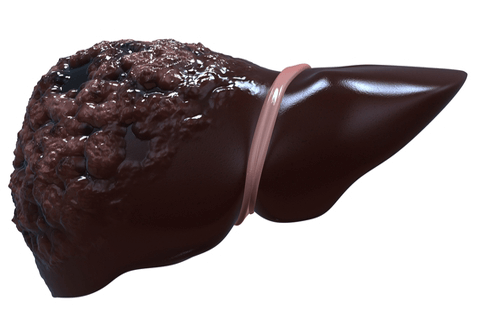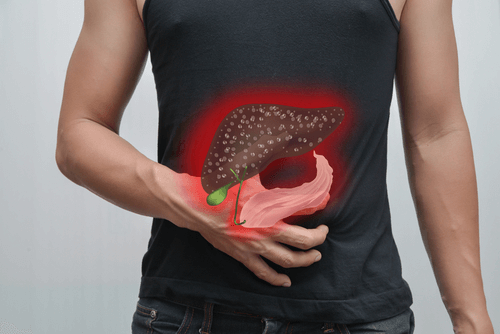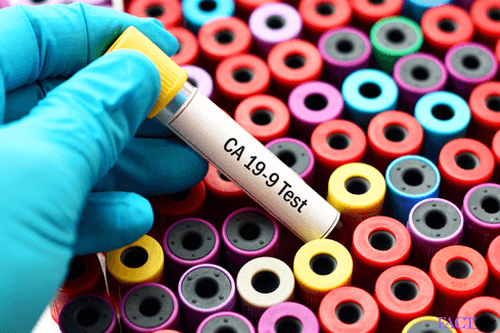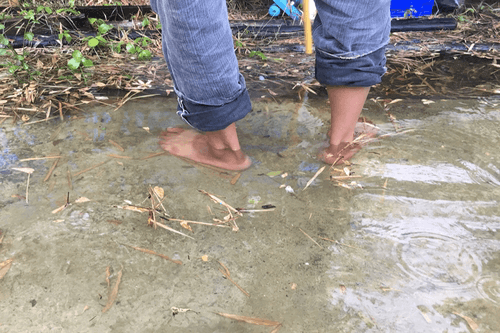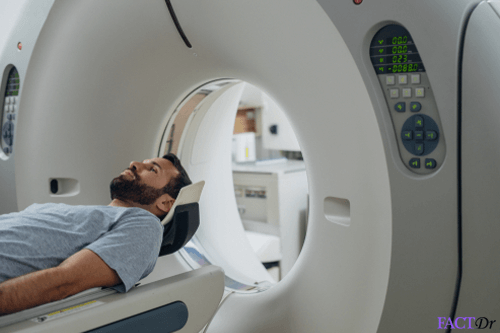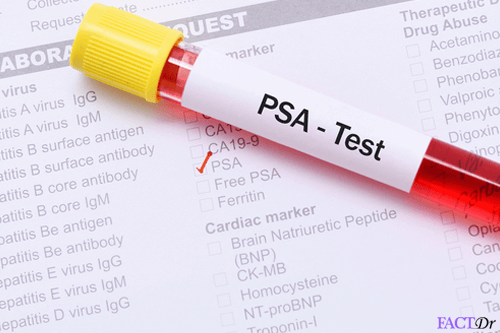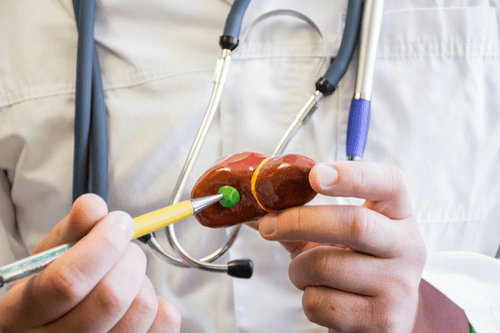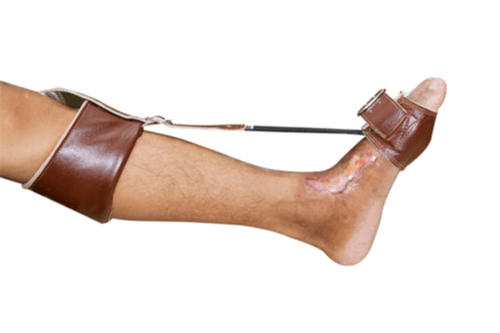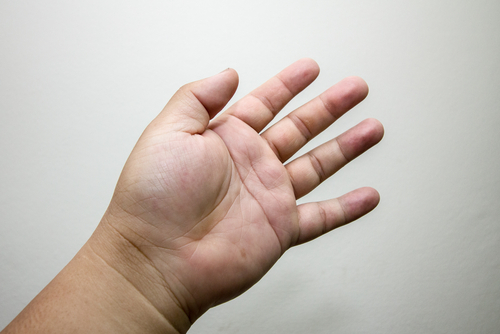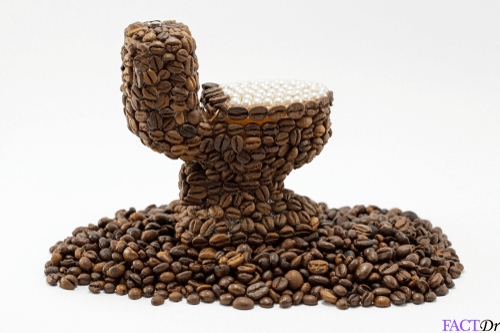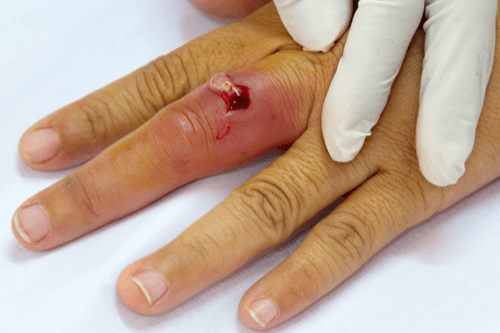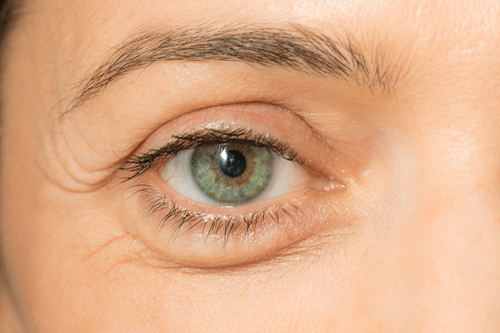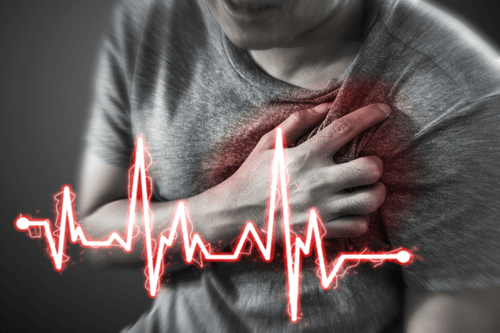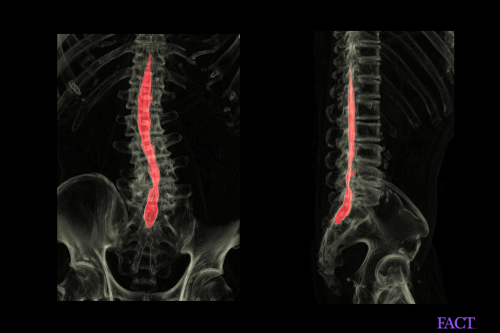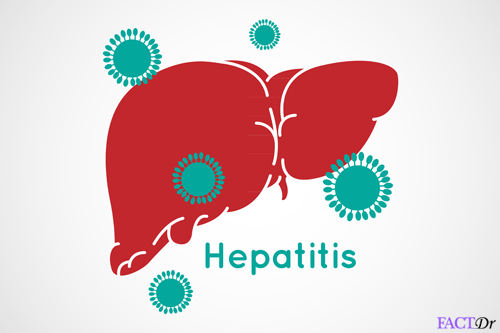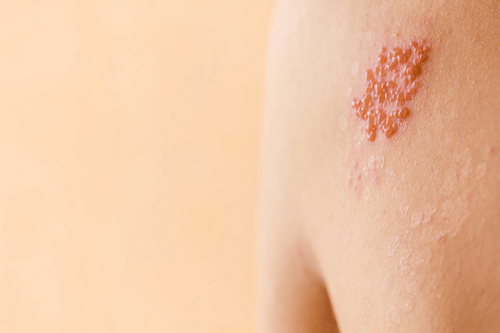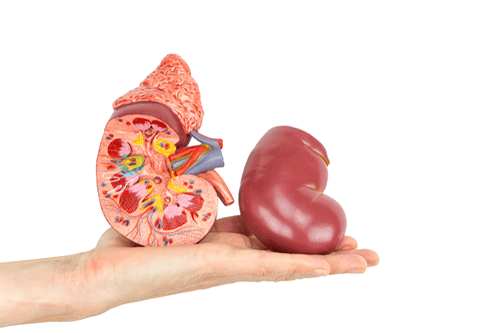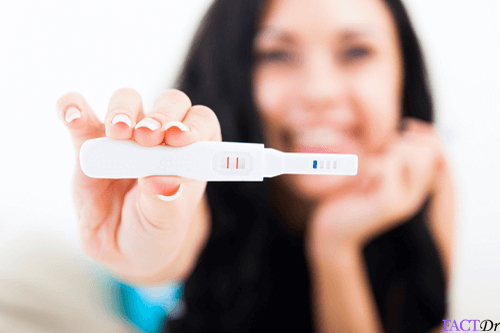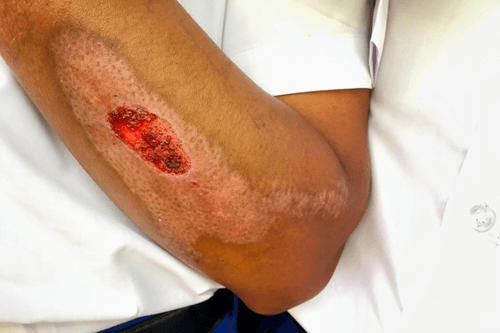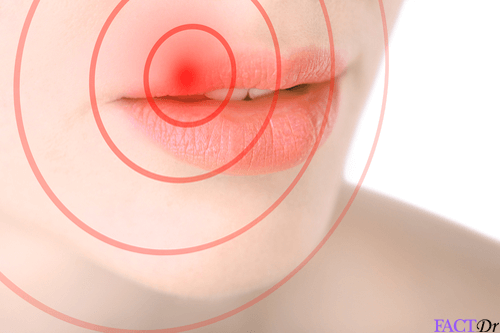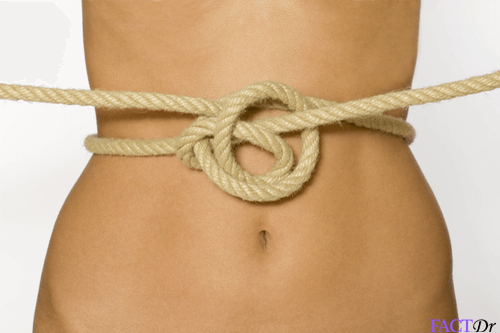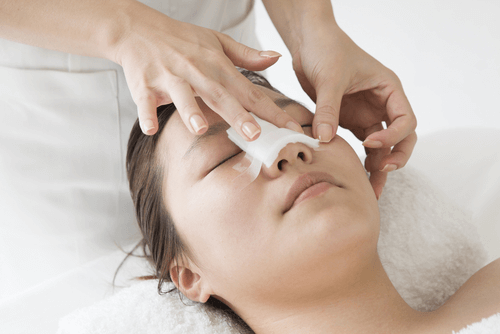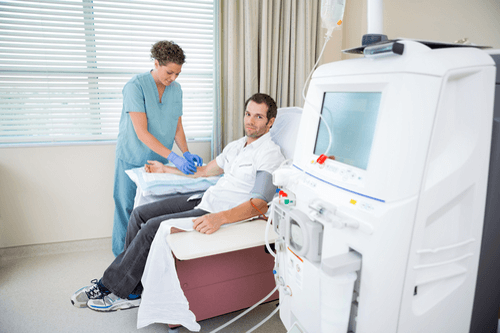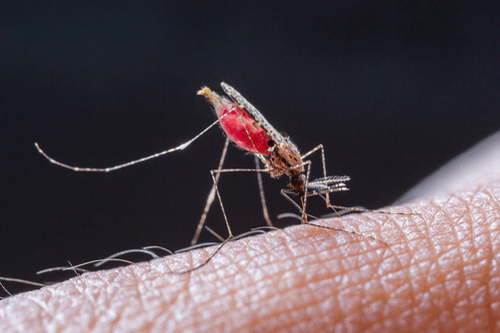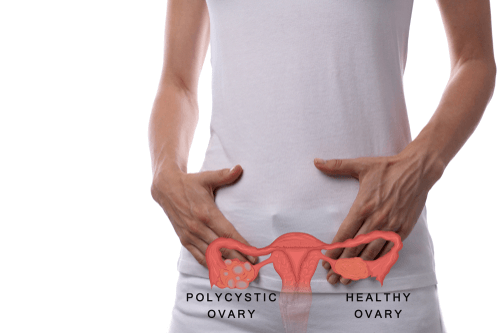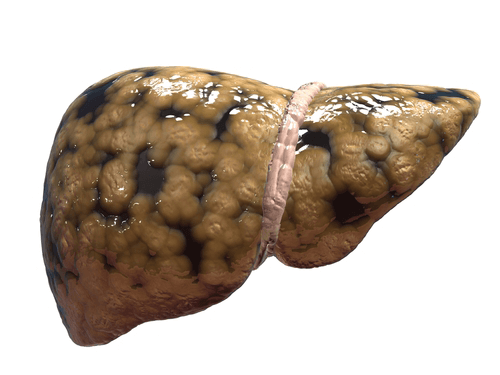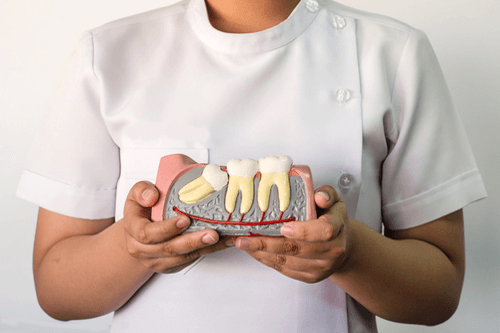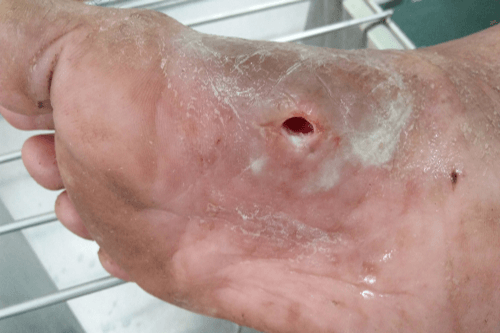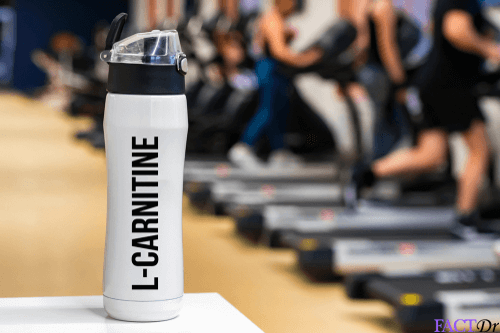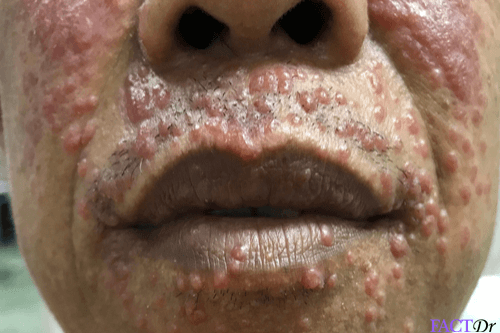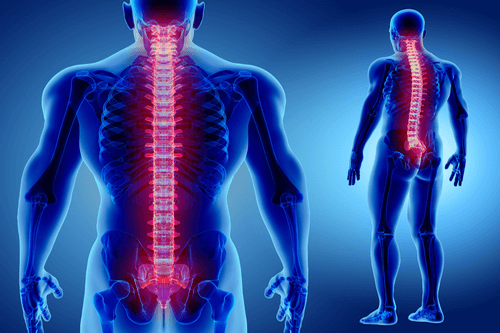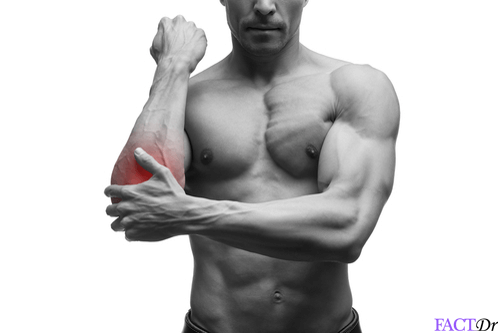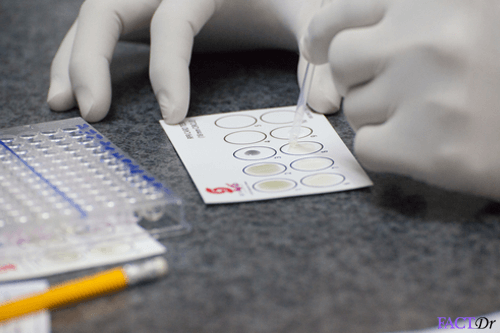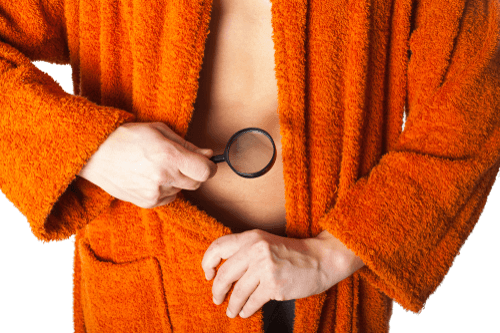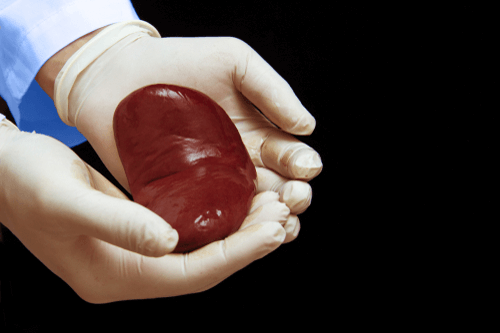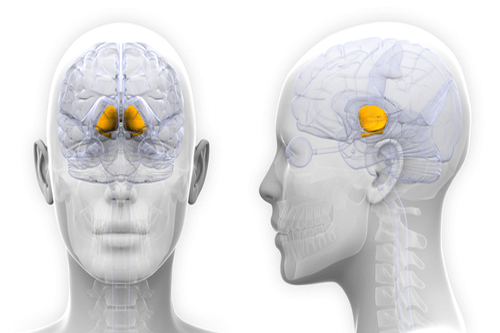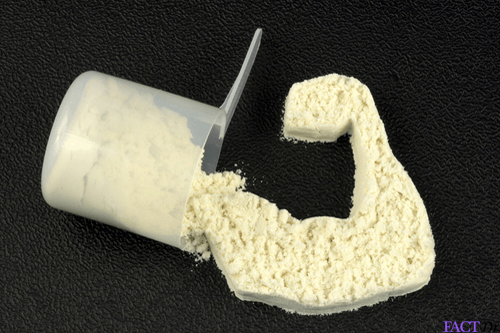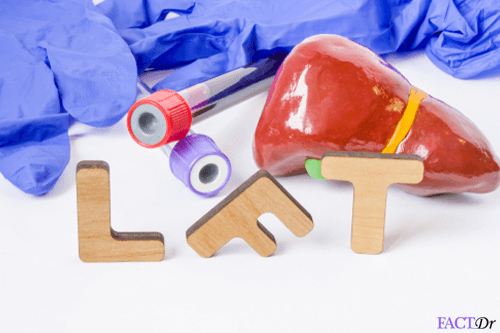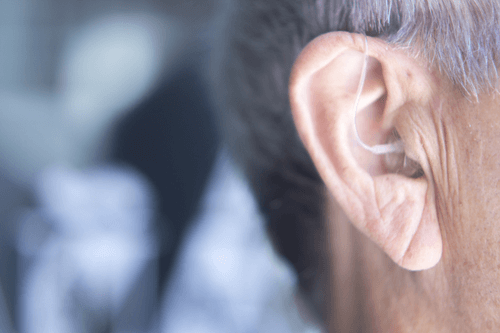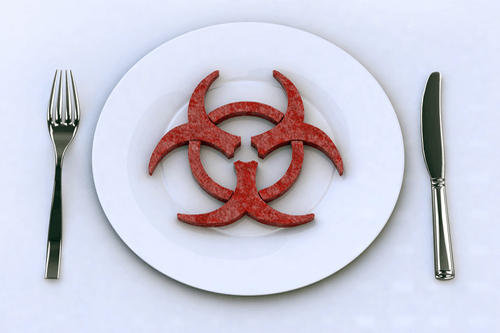Last Updated October 30th, 2023
What is breast augmentation?
Breast augmentation is an esthetic surgical procedure that is done to alter the shape, symmetry, size, or fullness of your breasts. Breast augmentation uses silicone or saline implants. Sometimes, your plastic surgeon may opt to incorporate fat transfer in the procedure. Most women go for a breast augmentation procedure to restore confidence.
For others, breast augmentation is necessary as part of reconstructive surgery such as after mastectomy.
Before breast augmentation, your plastic surgeon will explain to you the steps involved in the procedure, benefits, risks, complications, and post-surgical care.
Talk to your plastic surgeon about your expectations of breast augmentation.
If you have questions you would like answered, check this with your plastic surgeon.
Who needs breast augmentation?
In case you are concerned about any of the following, then it may be a good idea to consider breast augmentation:
- If you have lost considerable weight and feel your breasts are not proportional to the new body size
- If one of your breasts is smaller than the other one and is a constant cause of concern for you
- If you have undergone breast surgery to treat different conditions and the procedure left you with uneven breasts
- In case of sagging breasts, this calls for a breast lift procedure as well
Types of breast augmentation
We can broadly categorize breast augmentation into two:
Breast implants
These are by far the most popular form of breast augmentation. Breast implants fall under three categories:
Saline implants
The implants are filled with salt water and or other sterile saline solution. An elastic silicone shell holds the solution in place. Saline solutions can hold varied quantities of saline solution. It influences the firmness, shape, and feel of your breasts.
In case of a leakage in the saline implant, your breasts will absorb this solution and later it is flushed out of your body naturally.
Silicone breast implants
 These implants are made up of a silicone gel contained in an outer shell. In case of leakage, the shell will hold the gel in place.
These implants are made up of a silicone gel contained in an outer shell. In case of leakage, the shell will hold the gel in place.
If you opt for a silicone gel implant, you may have to see your plastic surgeon from time to time.
Your plastic surgeon will check whether the silicone-filled implant is holding in place or is at risk of collapsing.
During these regular checks, your plastic surgeon will conduct an ultrasound and MRI scan to assess the condition of the implant.
Structured saline breast implants
The implants contain sterile saline. The inner structure of structured saline breast implants gives them a natural feel.
Fat transfer breast augmentation
In this procedure, your plastic surgeon takes fat from a specific part of your body using liposuction and inject it into your breasts.
Fat transfer breast augmentation is ideal for individuals who are interested in increasing the size of their breasts.
The common areas where your plastic surgeon may take fat tissue include:
- Thighs
- Belly
- Back
- Flanks
Preparing for breast augmentation
Consult your plastic surgeon regarding your preferred feel, appearance, and size of your breasts.
Your plastic surgeon will describe the various surgical techniques available to you and the type of implants.
You will need to consider the following before breast enlargement:
- If you have sagging breasts, breast implants may not be the solution. You would need a breast lift procedure alongside breast augmentation
- Breast enlargement will not last a lifetime. Most implants last for about 10 years. There is a risk of your breast implant rupturing
- If you lose or gain weight, this will affect how your breasts appear
- As you age, you may also need additional surgery
- Breast implants could be a hindrance to breastfeeding for some women. For others, this is rarely a problem
Since breast enlargement is a cosmetic procedure, health insurance does not cover it.
The only exception would be if breast implants are for medical purposes as in the case with a mastectomy.
Besides the above, your plastic surgeon will ask you to do the following before your
breast augmentation procedure:
- If you are a smoker, you will need to stop a few days before surgery
- You will undergo a blood test
- You may have to stop taking certain beverages and foods
- If you take recreational drugs, you will need to stop
- If you are on anti-inflammatory drugs or aspirin, you will have to stop taking them due to the increased risk of bleeding
- Have your spouse, friend, or family member drive you to the hospital for surgery and
- back home once you have been discharged
- Liaise with your healthcare provider to find out if they offer transport services as part of the breast augmentation procedure.
During the procedure
Breast augmentation surgery involves the following steps:
Anesthesia
Breast augmentation is administered under general anesthesia. Your anesthetist will deliver an IV sedation to put you to sleep. Your plastic surgeon will discuss general anesthesia with you to determine the right dose.
Incision
Your surgeon will cut in one of the following areas to assist with inserting the breast implant:
- Inframammary that is, the crease beneath your breast
- Periareolar that is, around your nipple
- Axillary that is, under your arm
Your plastic surgeon will proceed to create a pocket in front or behind the pectoral muscle. This separates your chest’s connective tissue and breast tissue.
The breast implant will be placed in the pocket created. Your surgeon will position it perfectly behind the nipple.
If the breast augmentation procedure involves the use of saline implants, your surgeon will first insert them in place and thereafter, fill them with the saline solution.
In the case of silicone implants, these already contain silicone gel at the point of Implantation.
Once the plastic surgeon has ascertained the implant is in place, he or she will proceed to close the incision with sutures or stitches. The sutures or stitches are then covered with surgical tape or skin adhesive.
Your plastic surgeon will explore these surgical procedures with you. He or she will guide you into choosing a method that will meet your needs.
Inserting the implant
Your plastic surgeon can either insert the implant behind the pectoral muscle (that is, breast muscle) or under your breast tissue. Some factors that may influence the placement of implant include:
- The desired size increment for your breasts
- Type of implant
Your surgeon will explore the advantages of each method so that together you can make the right decision.
Closing the incision
Once the implants are inserted in place, your plastic surgeon will proceed to close the incision site. This is done using stitches or layered sutures. A surgical tape or skin adhesives are used to overlay the stitches or sutures and close the skin.
Initially, the incision lines can be seen but these fade over time.
After the procedure
When you wake up from breast augmentation surgery, you will be in a recovery room where the surgery team will continue to monitor your progress. You will be discharged as soon as you are stable.
Before discharging you, your plastic surgeon will arrange for a follow-up appointment to check the progress of breast augmentation. During this appointment, the surgeon will also remove the drainage tubes.
Expect bruising, swelling, and soreness a few weeks after breast enlargement. Your surgeon will prescribe pain medication for this.
Consult with your surgeon before resuming physical activities. Strenuous physical activities can raise your blood or pulse pressure.
You will be advised when to take a bath or a shower.
The capsule surrounding the breast implant could harden and reduce this risk. For this, your surgeon may recommend massaging a few days after breast enlargement.
Liaise with your surgeon before getting a massage.
Recovery
 Recovery after breast augmentation takes a few weeks. You may need to take a two-week break from your regular job.
Recovery after breast augmentation takes a few weeks. You may need to take a two-week break from your regular job.
As you heal, your breasts remain sensitive to jarring movements of physical contact.
Your plastic surgeon may advise you to always wear a sports bra for at least three months.
Make sure the breast scars are not in direct contact with the sun for at least 12 months.
If your surgeon has used dissolvable stitches, these will disappear in a few days.
In case of removable stitches, your surgeon will arrange for an appointment one or two weeks after surgery to remove them.
You should resume your normal activities after about six weeks.
A few months post-surgery, your breasts begin to feel and look natural.
You can replace a sports bra with an ordinary bra.
If you experience the following while recovering at home, call your doctor immediately:
- Fever
- If one or both of your breasts has increasing firmness or enlargement that is also painful
- Ruptured stitches
Benefits
The main benefits of breast augmentation are:
- Improved breast volume – Inserting breast implants restored the volume of your breasts. This is because the procedure repositions the existing breast tissue
- Improved breast size – breast augmentation surgery in combination with a breast lift
- Improves the shape and overall appearance of your breast
- Boosting confidence – Breast augmentation can increase your confidence. This is because the procedure the shape and size of your breasts more proportionate. It gives you an attractive figure
Other benefits of breast augmentation are:
- Improved relationship with spouse or partner
- Looking more attractive
Risks
Breast augmentation comes with certain side effects and complications:
- The nipple region can be very sensitive and feel sore
- Bleeding
- Swelling
- Bruising
Immediately after breast augmentation, some of the complications that could occur include:
- Problems with wound healing
- Infection
- Blood collection at the incision site
Breast augmentation may also involve long-term complications such as:
- Capsule contracture – This refers to the development of scar tissues
- Drooping breasts due to sagging implants
- Seroma – This is the accumulation of fluid around the implant
- Deflated or ruptured implant
Cost of breast augmentation in India
The cost of breast augmentation surgery in India starts from Rs. 60,000 up to Rs. 2,50,000.
The cost of breast implants in India depends on:
Surgeon’s fees
The cost of breast implants in India depends on the expertise, experience, and qualifications of your plastic surgeon.
Highly qualified and experienced plastic surgeons will charge more for a breast augmentation procedure.
Type of implant
The implant of choice will affect the overall cost of breast augmentation.
Silicone implants give your breasts a natural feel and look and are, therefore, more expensive compared to saline implants.
The cost of breast augmentation will also be determined by the sizes, textures, and shapes available.
Surgical facility
The reputation and quality of the surgical unit will influence the cost of breast implants.
Reputable clinics with highly qualified and supportive surgical teams, the latest equipment, and technology will charge more for breast implants.
Extra care and services
Other services including pre-operative evaluation, diagnostic tests, and follow-up appointments after surgery will also affect the overall cost of breast augmentation in India.
Subscribe to free FactDr newsletters.
REVAMP YOUR
LIFE
HEALTH
WELLNESS
If you're enjoying our website, we promise you'll absolutely love our new posts. Be the first one to get a copy!
Get factually correct, actionable tips delivered straight to your inbox once a week.
We hate spam too. We will never share your email address with anyone. If you change your mind later, you can unsubscribe with just one click

By clicking Subscribe, I agree to the FactDr Terms & Conditions & Privacy Policy and understand that I may opt out of FactDr subscriptions at any time.
Help Others Be Fit


